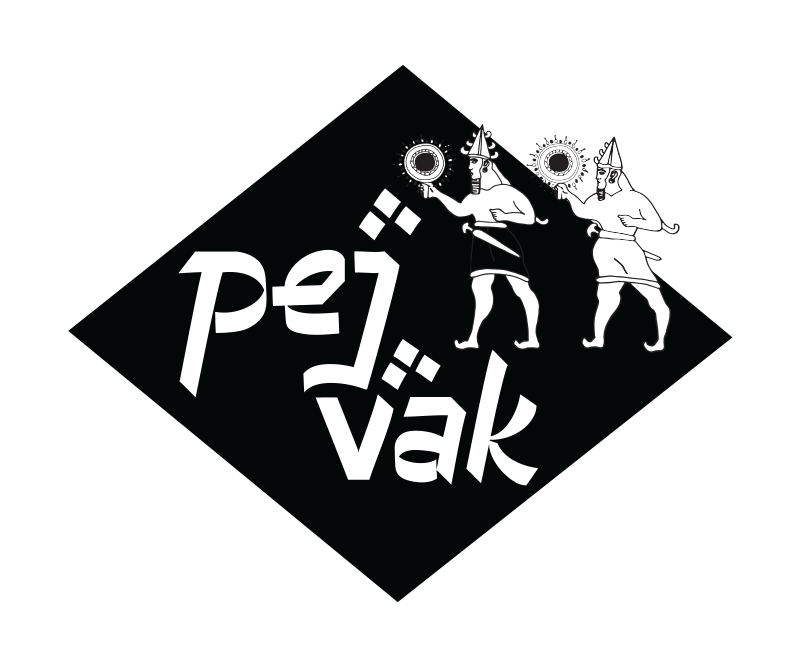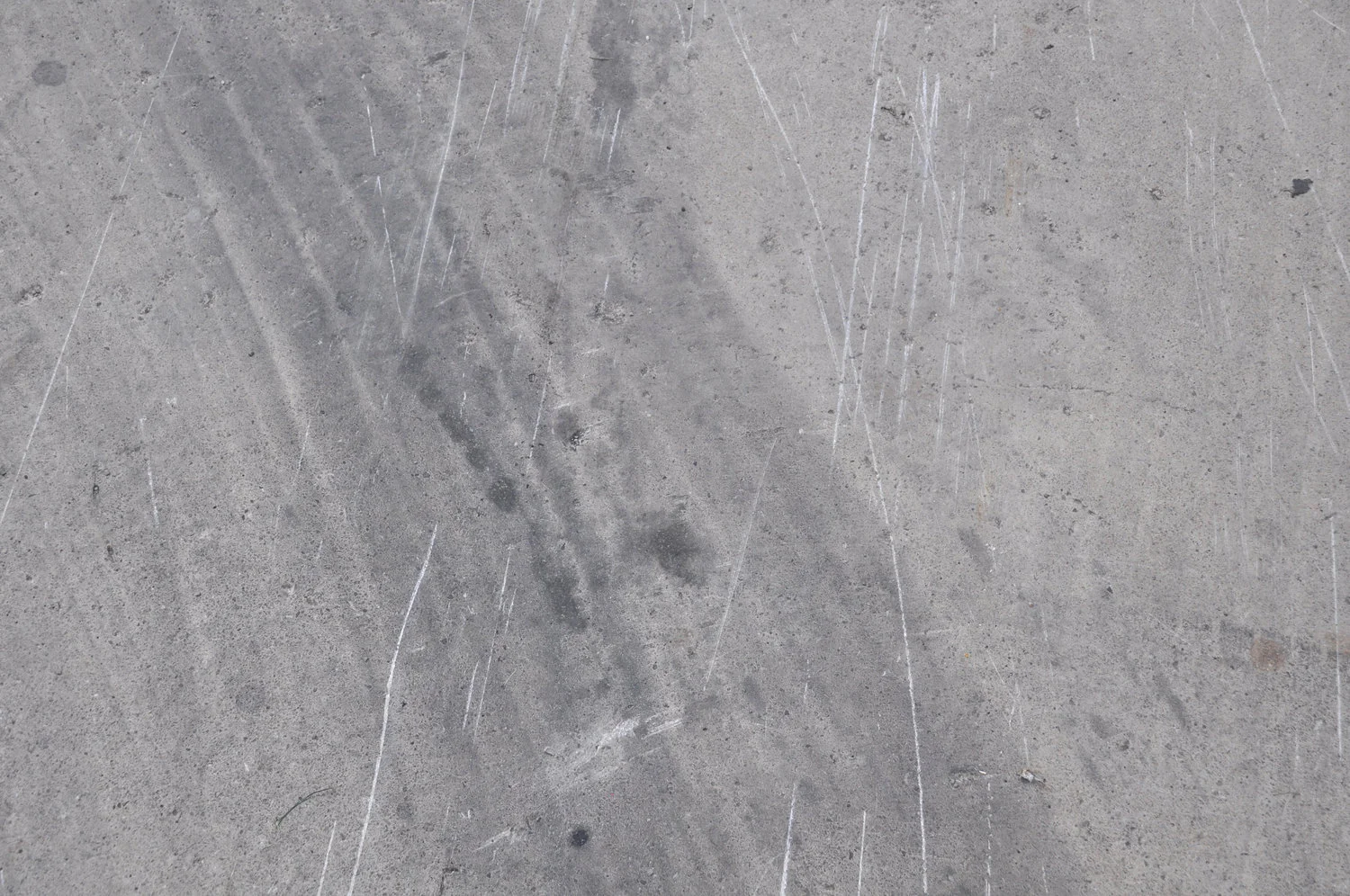Order and Progress: Burden
La Fabrique Culturelle des Anciens Abattoirs
Casablanca, Morocco
As Part of Boxes, Zones and Quarters Residency
July 11, 2014
Order and Progress is a two-part performance and installation project, which critiques the complex and ongoing tension between discourses of progress and colonialization. The first half of the project, Burden, is a performance in which two taxicabs race across the main thoroughfare of Les Abattoir dragging piles of rubble in a halfhearted attempt to reach the end point. The origin of the rubble was culled from the transformation of the site for the second intervention, Unburden.
The project took place at La Fabrique Culturelle des Anciens Abattoirs a French colonial-era slaughterhouse constructed in 1922 by Parisian architects Albert Greslin and Georges-Ernest Desmarest which has been transformed since it’s closure in 2000 into an important site of counter-culture in Morocco and one of the only venues of resistance culture. The slaughterhouse was constructed as part of the French ‘modernization’ project to establish French standards of hygiene and building construction on a growing Casablanca population. The location of Les Abattoirs is adjacent to neighbourhoods such as Carrière Centrale, which was a focal points of resistance against the French colonial government and the police station in Derb Moulay Cherif, notorious as the site of extensive torture of leftist activists under the rule of Hassan II.
The taxi’s hired for the performance are the ubiquitous ‘white cabs’ or ‘Grand Taxis’ a form of share taxi, typically large white 1970’s or 80’s S-class Mercedes sedans that have served as the cheapest and most common form of transportation for Casablanca’s working class communities who cannot afford to own a car. These cabs have for the longest time where the cheapest option to travel across town with the sharing of fare with up to 6 people (including the driver) dropping off and picking up passengers along the way and operate with little government interference. These cabs are often the sites of vibrant debate about social issues and one of the only places where Moroccans openly and freely express disapproval or condemnation of issues pertaining to the local government or the kingdom as a whole [1]. In the past few years because of the construction of the relatively expensive cross-town tram line the central government has been pushing for a phasing out of the ‘white cabs’ claiming that they are dangerous and pollute considerably. This development not only threatens the jobs of hundreds of these cab workers but also the mobility of thousands of morocco’s most economically vulnerable who rely on these cabs, not to mention the relative silence of debate that prevails in these expansive trams.
This movement is part of the ‘modernization’ campaign by the central and local government as an attempt to present a ‘clean’ and ‘modern’ image to tourists (The second largest industry in Morocco and one pushed for by King Mohammed VI)[2] and to international investors. Concurrent with the phasing out of cab services is an ongoing process of slum clearance and the displacement of individuals and families that rely on informal housing settlements because of the great disparities of income and high unemployment rate in Morocco. These communities are being bulldozed and rendered into rubble so as to create space for the construction of mega malls for the housing of international retail and businesses and large residential developments (even the low cost ones being out of reach for many). Furthermore the refocusing of the economy on tourism has relied heavily on the commodification and performance of Berber and Sahrawi cultures, peoples that have faced considerable historical and ongoing suppression by the by first the French and now the Moroccan state. As such the piles of rubble are dragged by ropes the color of indigo, a dye used symbolically in the traditional dress of both the Berber and Sahrawi cultures. On either end off the racing strip a pair of large racing strip banners are mounted onto elevated balconies referencing the chessboard pattern, a central emblem one of the first Moroccan flags and a symbol of the Almohad Berber Confederation which greatly expanded the territories of the what is now Morocco. Moroccan dressmaker Saadia El Ankaoui fabricated these flags for the project. Special thanks to the drivers Said and Mohamed El Jaoui.
Made possible with the generous support of:










